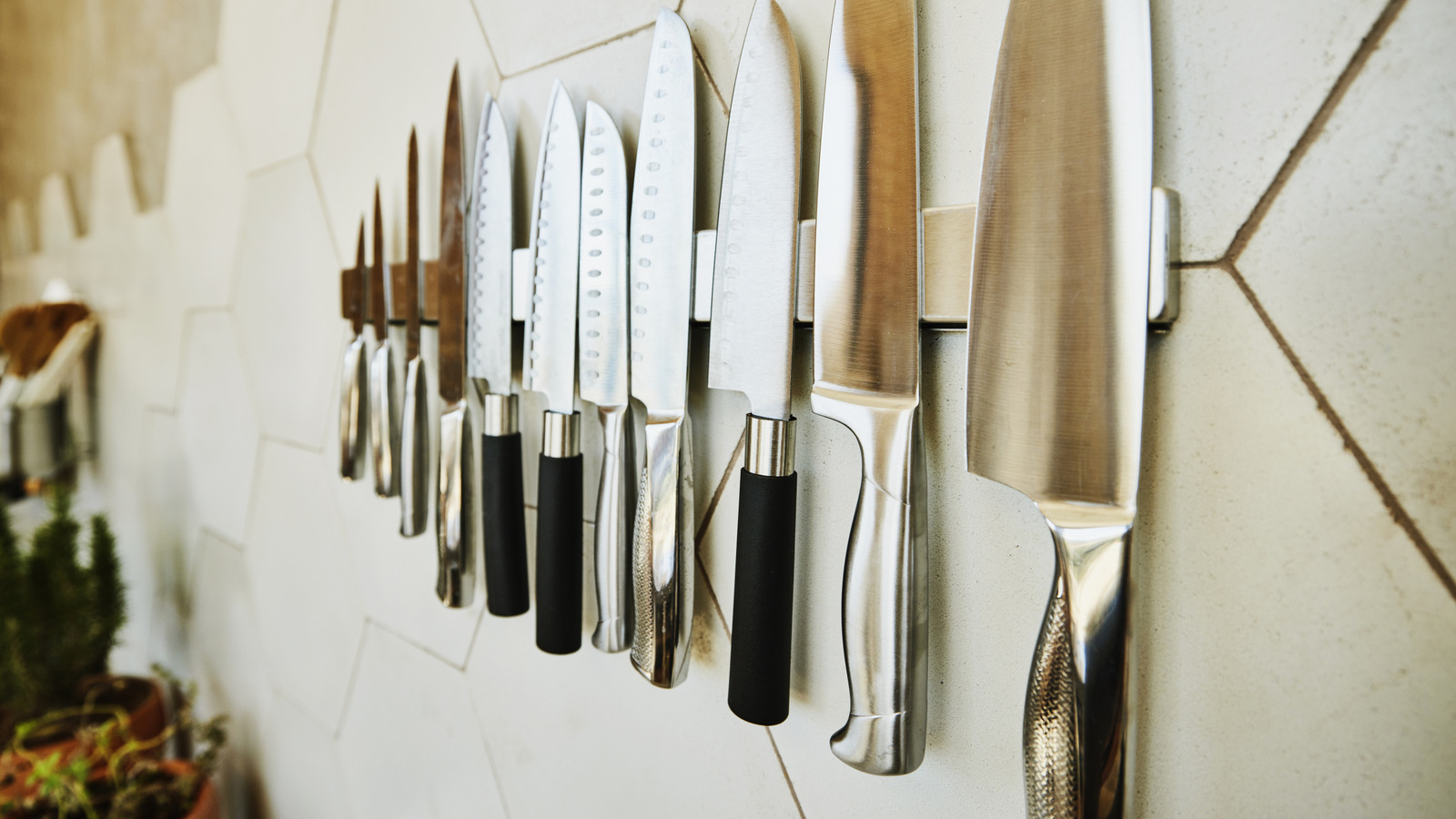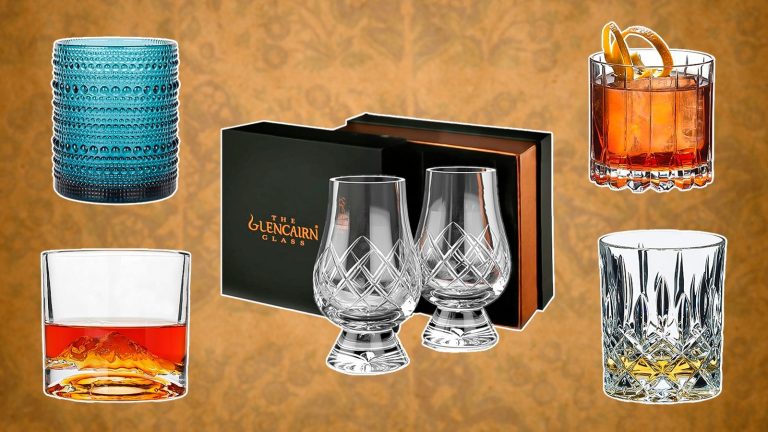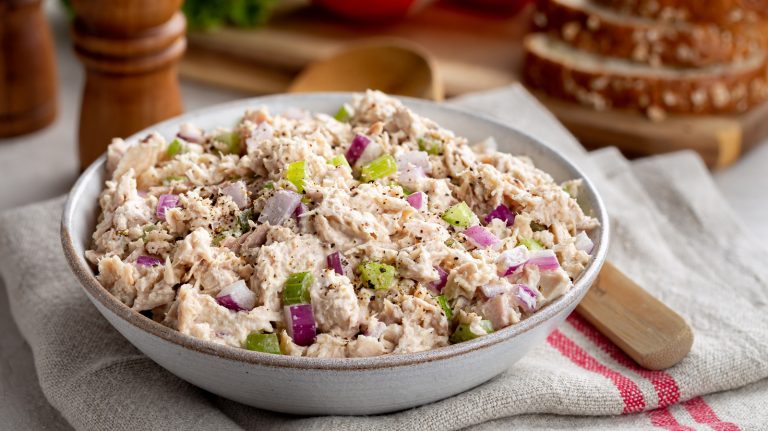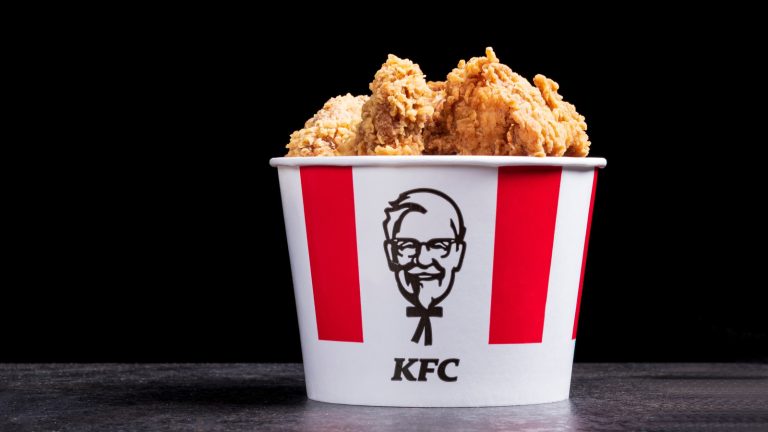We may receive a commission on purchases made from links.
Chefs can be quite particular about their knives. Not only are they used to slice, chop, and dice ingredients, but also to execute those tasks with precision. To better understand the importance of chef’s knives, we spoke with Joni Brosnan, owner of Joni’s Kitchen in Montauk, New York, and author of “Joni’s, A Love Letter to Summer in Montauk,” now available for pre-order on her website. “I’ve heard of chefs who travel with their knives,” Brosnan notes, “and do think, after working at Joni’s, having the right knife is such an art form.”
But what sets high-quality chef’s knives apart from standard kitchen knives, and why are they so expensive? There are a variety of factors, with the blade being the first. High-quality chef’s knives have very sharp blades that cut accurately and cleanly and don’t easily lose their sharpness. This is because they are made with premium materials such as high-carbon stainless steel or classic Damascus steel. The former earns its higher price tag with ease due to the high carbon content and specialized techniques needed during manufacturing, while the latter is pricier because of its exquisite patterned steel and the intense and artistic forging process.
However, the blade isn’t the only potential factor. “Sometimes, it’s not just the blade itself, but the materials used (like imported wood or graphite) that can make it expensive,” explains Brosnan. These different materials can include cocobolo rosewood, pakkawood, ebony, stainless steel, or resin-infused wood. Additionally, dye may be used to create a beautiful and unique look. These are not just aesthetic but highly functional and ergonomic as well, stabilizing the blade so the knife operates seamlessly and powerfully.
Keep durability and safety in mind
The strength and durability of chef’s knives are also vital to their safety factor. “Cheaper knives tend to dull easier, which can be difficult or even risky to work with,” Brosnan explains. Standard kitchen knives that aren’t built with longevity in mind (and therefore come with a cheaper price tag) may also loosen from the handle or slip while you’re working with them. Not only will you need to regularly replace these knives, but they are a safety risk that could lead to injuries. “I’d rather [have] a longer-lasting knife than spend $20 several times over the year,” the chef notes.
Luckily, there are some good, affordable chef’s knives available. “[The] Victorinox 8″ [Chef’s Knife] and Misen 5.5″ [Utility Knife] both have approachable price points,” suggests Brosnan. “Or you can order a multi-use santoku knife from Japan for anything from seafood to slicing veggies.” There are dishwasher-safe options as well. For these, you’ll want to look out for knives with a polymer handle, which is sealed and water-resistant, rather than wood, which tends to be porous.
Additionally, you don’t need to buy a whole set of fancy chef’s knives. “Invest in your everyday chopping knife before getting more specialized knives or a set that you won’t use as much,” Brosnan recommends. Because this type of knife is so versatile, you can use it for cutting, chopping, and dicing almost anything. If you’re not sure which blade to choose, check out our ultimate guide to choosing the right chef’s knife.
Caring for your investment
Because you’re investing more in a high-quality chef’s knife, you want to ensure that it is best taken care of. A good-quality knife sharpener is crucial to keep your blade sharp and functioning optimally and safely. There are loads of options available, ranging from handheld sharpeners like the Kitchellence 3-Stage Knife Sharpener to the more old-school whetstones — often considered one of the best ways to sharpen a knife — and even sharpening steel like the Allwin Houseware W 12″ Sharpening Steel. “If you don’t have a sharpener at home,” adds Brosnan, “see if there’s a specialist in your area who can help keep your tools in top condition.”
Because your chef’s knife is made from premium materials with that more luxurious price tag, you also want to clean it correctly. Handwashing is always best, allowing gentler care of your blade and handle. Use warm, soapy water and dry your knife immediately after washing to avoid water spots. If you have a carbon steel knife or one with a wooden handle, you can use a tiny bit of food-grade mineral oil to keep the blade and handle in tip-top condition.
“Oh, and don’t put wet knives back in the block,” instructs Brosnan. This could cause bacteria and mold to grow, turning your knives into a food safety risk. Now that you have your premium chef’s knife — and know how to use and care for it — all you need is a good collection of recipes to put it to work.







